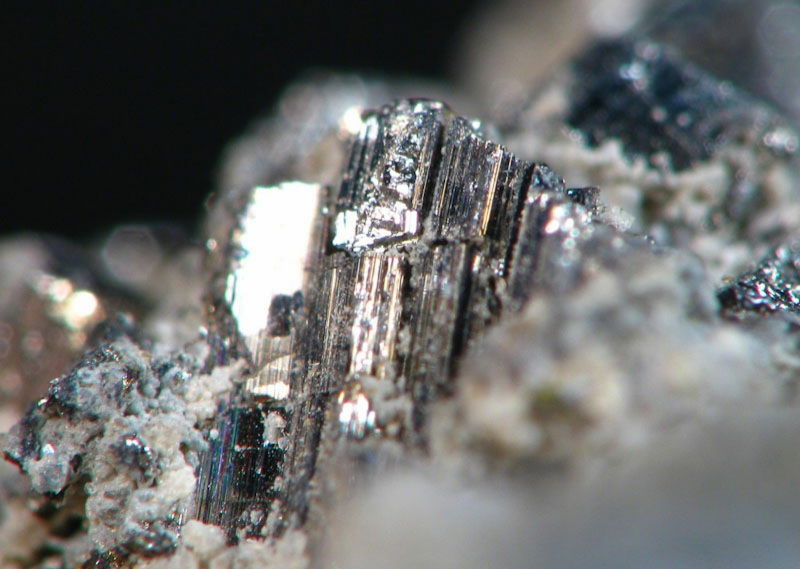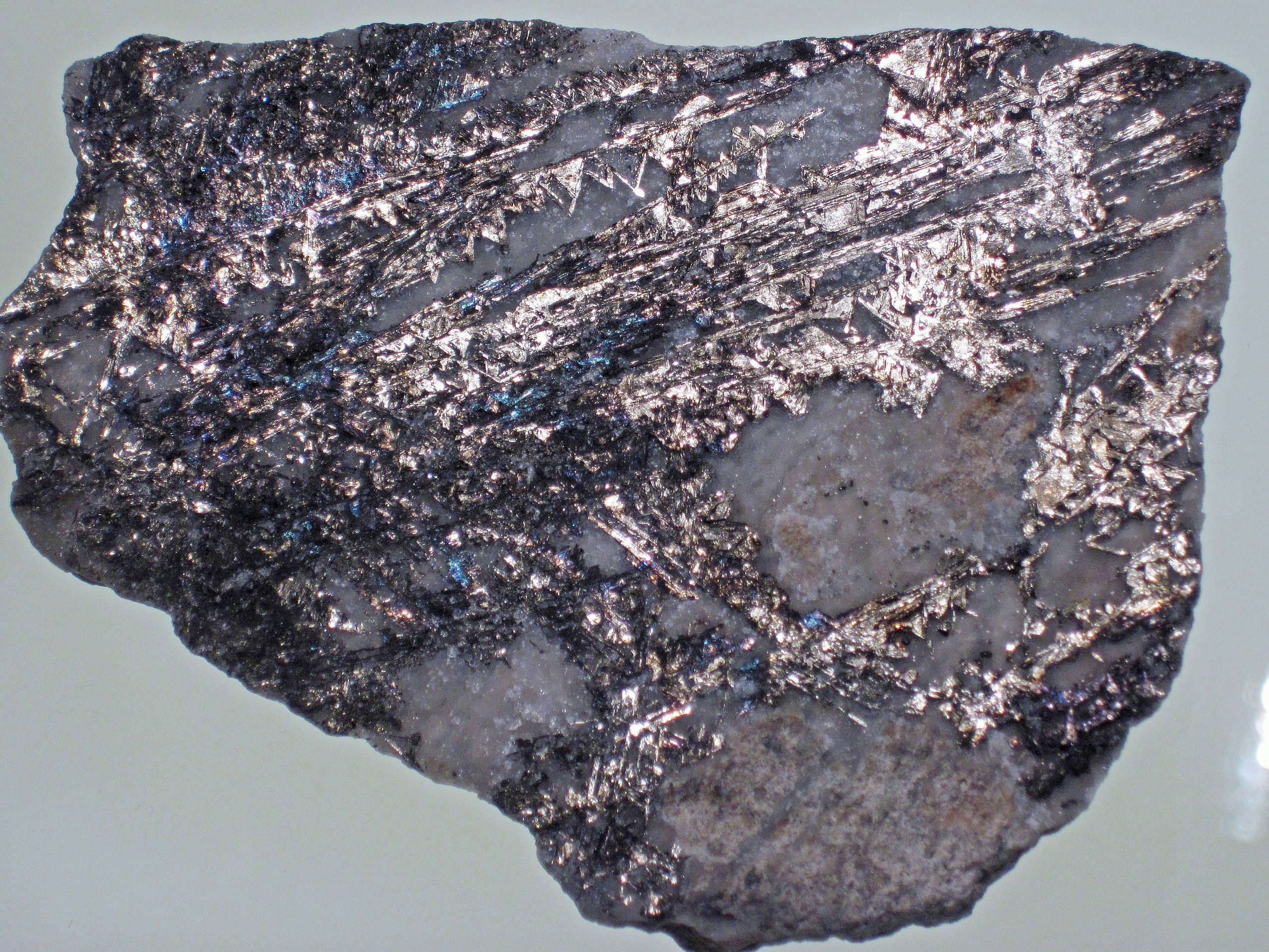"SYLVANITE" ONE OF THE RARE GOLD SELLENIDE MINERAL IN THE WORLD
Sylvanite is a rare mineral composed of silver selenide and gold tellurium. It was first discovered in 1835 at the Sylvanite Mine in Gilpin County, Colorado, USA, from where it got its name.
Since its discovery, sylvanite has been found in several places around the world, including Canada, Romania, Germany, France, Italy, Australia, China and Japan.
Sylvanite is a mineral that occurs as elongated crystals, often silvery or silvery-white in color, with a hardness of 1.5 to 2.5 on the Mohs scale. It is usually associated with other minerals such as krennerite, calaverite, petzite, hessite and nagyagite.
Sylvanite is an important mineral for the extraction of gold and silver. It is often associated with gold and silver minerals and is mined as a by-product during the mining of these metals. The gold and silver content of sylvanite varies considerably and can be up to 40% by weight gold and 13% by weight silver in some deposits.

Sylvanite is also used in scientific research as a source of tellurium and selenium. Tellurium is an important element in the manufacture of solar cells and semiconductor materials, while selenium is used in the production of glass and pharmaceuticals.
Due to its rarity and value as a source of gold and silver, sylvanite is a sought-after mineral by mineral collectors. Sylvanite crystals are often used in jewelry and in the creation of collectibles.
In summary, sylvanite is a rare mineral composed of silver selenide and gold tellurium. It is used for gold and silver mining, and in scientific research as a source of tellurium and selenium. Due to its rarity and value, sylvanite is a sought-after mineral by mineral collectors and is often used in jewelry and in the creation of collectibles.



